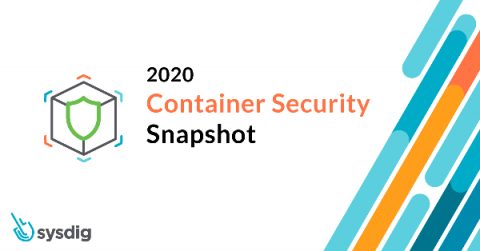Upping the Auditing Game for Correlation Searches Within Enterprise Security - Part 1: The Basics
One question I get asked frequently is “how can I get deeper insight and audit correlation searches running inside my environment?” The first step in understanding our correlation searches, is creating a baseline of what is expected and identify what is currently enabled and running today. Content Management inside Splunk Enterprise Security is a quick way to filter on what is enabled (and it’s built into the UI and works out of the box).









